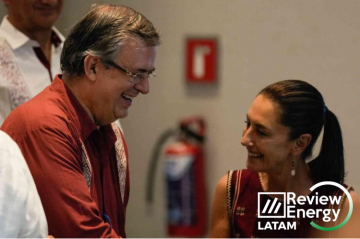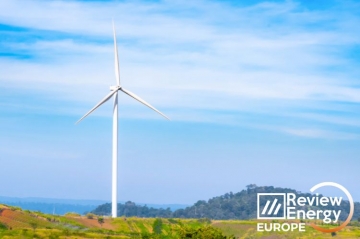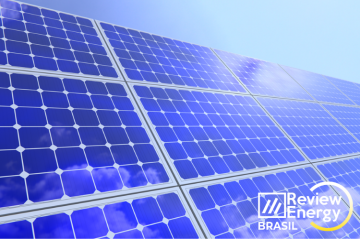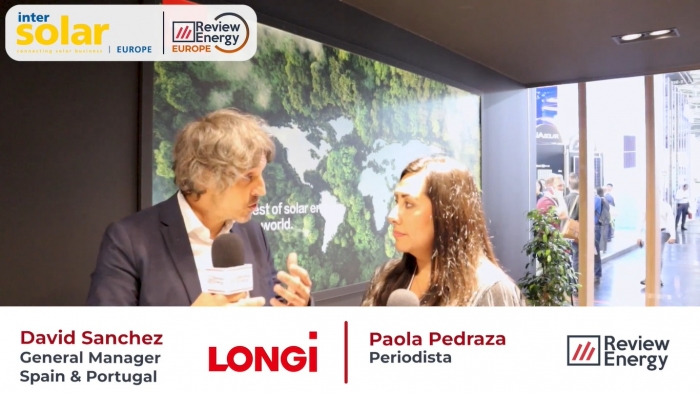
Postponing clean energy investments now means facing higher costs in the future: IEA
Accelerating the adoption of clean energy technologies enhances energy affordability and can alleviate broader living costs, according to a new special report from the International Energy Agency (IEA) released today. The report, titled "Strategies for Affordable and Fair Clean Energy Transitions," indicates that aiming for net zero emissions by 2050 requires significant investment but ultimately reduces the operating costs of the global energy system by more than half over the next decade compared to current policies, resulting in a more equitable and affordable energy system for consumers.
Solar PV and wind: the most affordable options
Clean energy technologies often prove more cost-effective over their lifespans compared to conventional fuels such as coal, natural gas, and oil. Solar PV and wind are already the most affordable options for new power generation. Even though electric vehicles (including two- and three-wheelers) sometimes have higher upfront costs, they typically offer savings through lower operating expenses. Similarly, energy-efficient appliances like air conditioners provide long-term cost benefits.
Fossil fuel subsidies complicate the transition
However, unlocking these benefits depends on securing higher levels of upfront investment, especially in emerging and developing economies where clean energy investments lag due to perceived risks and limited access to finance. Fossil fuel subsidies, which distort the current global energy system, further complicate the transition. In 2023, governments worldwide spent approximately $620 billion subsidizing fossil fuels, compared to just $70 billion on consumer-facing clean energy investments, as reported by the IEA.
Accelerated energy transitions and increasing shares of renewables, such as solar and wind, which have lower operating costs than fossil fuels, would benefit consumers. Retail electricity prices tend to be less volatile than oil product prices, offering more predictable costs. Currently, about half of total consumer energy expenditure is on oil products, with another third on electricity. In rapid transitions, electricity prices become the primary benchmark for consumers. As electric vehicles, heat pumps, and electric motors gain a larger share of demand in transport, buildings, and industry, oil products are largely replaced by electricity. By 2035, electricity is expected to surpass oil as the leading fuel source in final consumption.
Global energy expenses in 2022 was 20% more than previous five years
In 2022, during the global energy crisis, global energy spending reached nearly $10 trillion, averaging more than $1,200 per person, even after accounting for subsidies and emergency government support. This is 20% more than the average over the previous five years, with high prices disproportionately affecting the most vulnerable in both developing and advanced economies.
The report emphasizes that incentives and targeted support, particularly for poorer households, can enhance the adoption of clean energy technologies. This approach allows all consumers, especially those less well-off, to benefit from these technologies and associated cost savings, while also supporting international energy and climate goals.
Measures from several countries
The report outlines several measures, based on proven policies from various countries, that governments can implement to make clean technologies more accessible. These include energy efficiency retrofit programs for low-income households, requiring utilities to fund more efficient heating and cooling packages, making highly efficient appliances more available, providing affordable clean transport options (including support for public transport and second-hand EV markets), replacing fossil fuel subsidies with targeted cash transfers for the most vulnerable, and using carbon price revenues to address potential social inequities during energy transitions.
Addressing existing inequalities in the current energy system, where affordable and sustainable energy technologies are inaccessible to many, is crucial. Almost 750 million people in emerging and developing economies lack access to electricity, and over 2 billion people do not have clean cooking technologies and fuels. Meanwhile, the poorest 10% of households in advanced economies spend up to a quarter of their disposable income on energy for home and transport, despite consuming less than half the energy of the richest 10%.
Investments in resilience and digital security are essential
The report warns that the risk of price shocks remains during clean energy transitions, and governments must remain vigilant about new risks that could impact energy security and affordability. Geopolitical tensions and upheavals continue to be significant potential drivers of volatility in both traditional fuels and, indirectly, clean energy supply chains. The shift to a more electrified energy system also introduces new local and regional hazards, particularly if investments in grids, flexibility, and demand response lag. Power systems are increasingly vulnerable to extreme weather events and cyberattacks, necessitating adequate investments in resilience and digital security.








Comentarios
Sé el primero en comentar...